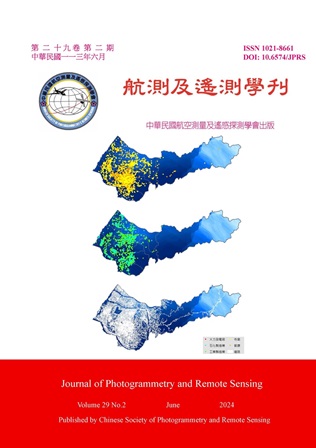This study takes Taichung City as an example and aims to investigate the long-term impact of urban development on air pollution. By establishing a spatial model, we estimate the concentration trends of fine particulate matter (Particulate Matter 2.5, PM2.5) over the past 25 years (from 1994 to 2020) and further assess the influence of urban development on air quality. Various databases were utilized as sources of spatial predictor variables, including the Environmental Resources Database, meteorological database, land-use inventory, landmark database, digital road network map, digital terrain model, MODIS Normalized Difference Vegetation Index (NDVI) database, and power plant distribution database. The spatial hybrid model in this study combines Hybrid Kriging/Land-Use Regression and machine learning methods. Initially, important predictor variables were determined using traditional Land-Use Regression (LUR) and Hybrid Kriging-LUR. Subsequently, prediction models based on the selected variables from LUR models were fitted using Random Forest (RF), Gradient Boosting Machine (GBM), eXtreme Gradient Boosting (XGBoost), Light Gradient Boosting Machine (Light GBM), and CatBoost algorithms. Validation methods such as data splitting, 10-fold cross-validation, and external data verification were employed to confirm the robustness of the developed models. The results indicate that the model is stable and reliable, with an Adj-R2 of 0.93. Through linear regression, it was observed that the estimated values of the predictor variable ‘year’ for most locations in the city are negative, indicating a significant improvement in air pollution over the past 25 years. This study emphasizes the importance of managing and controlling air pollution in urban development planning.
